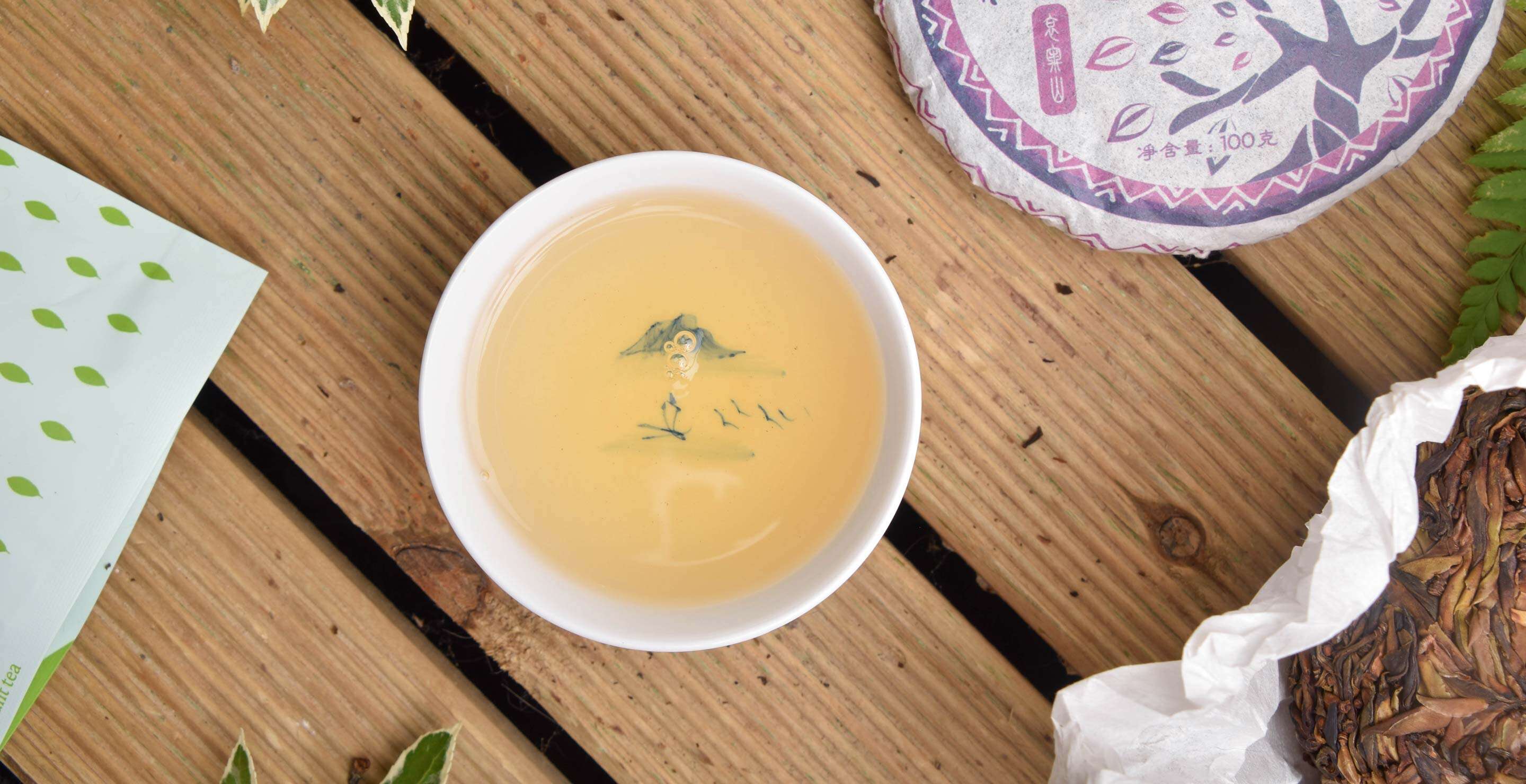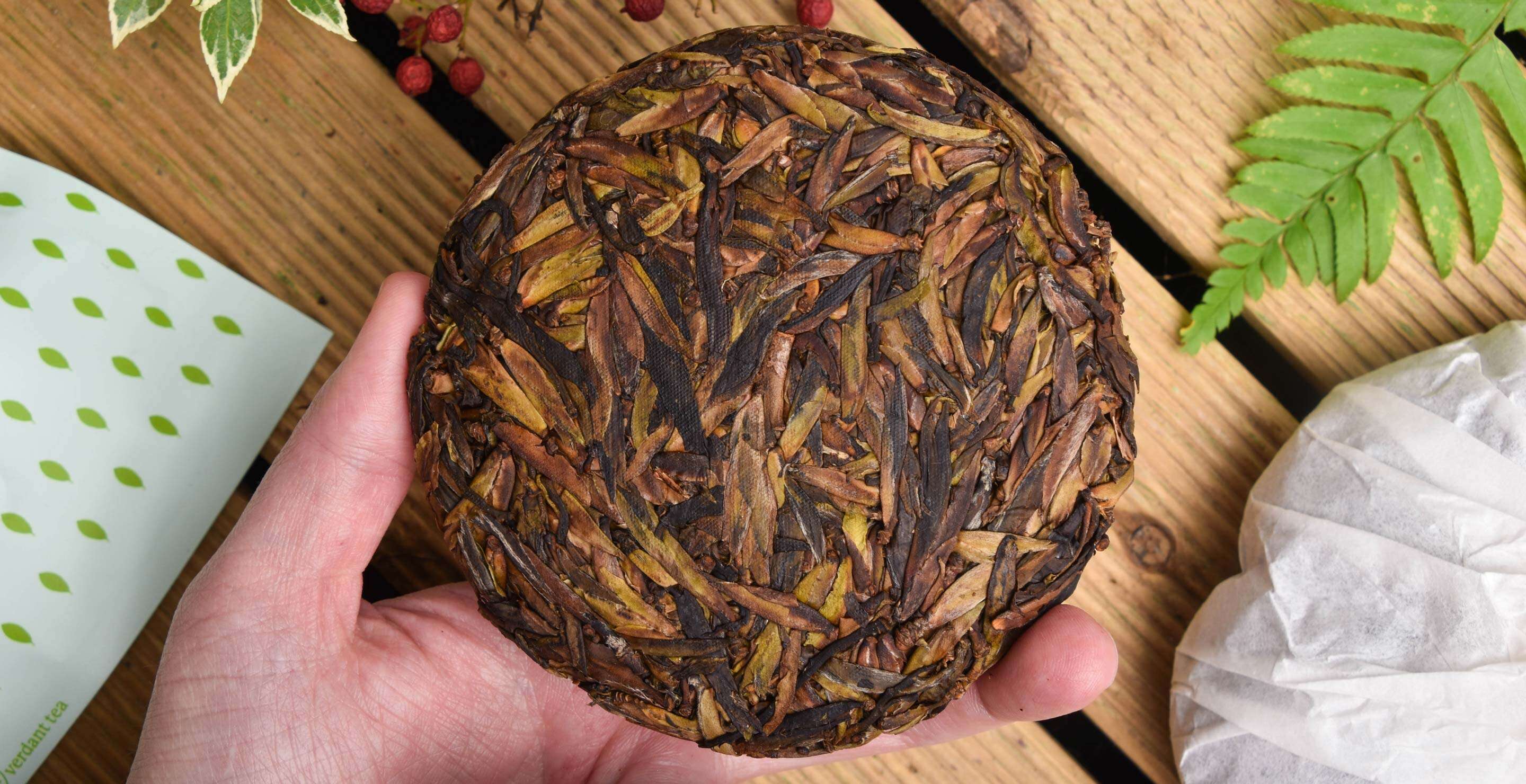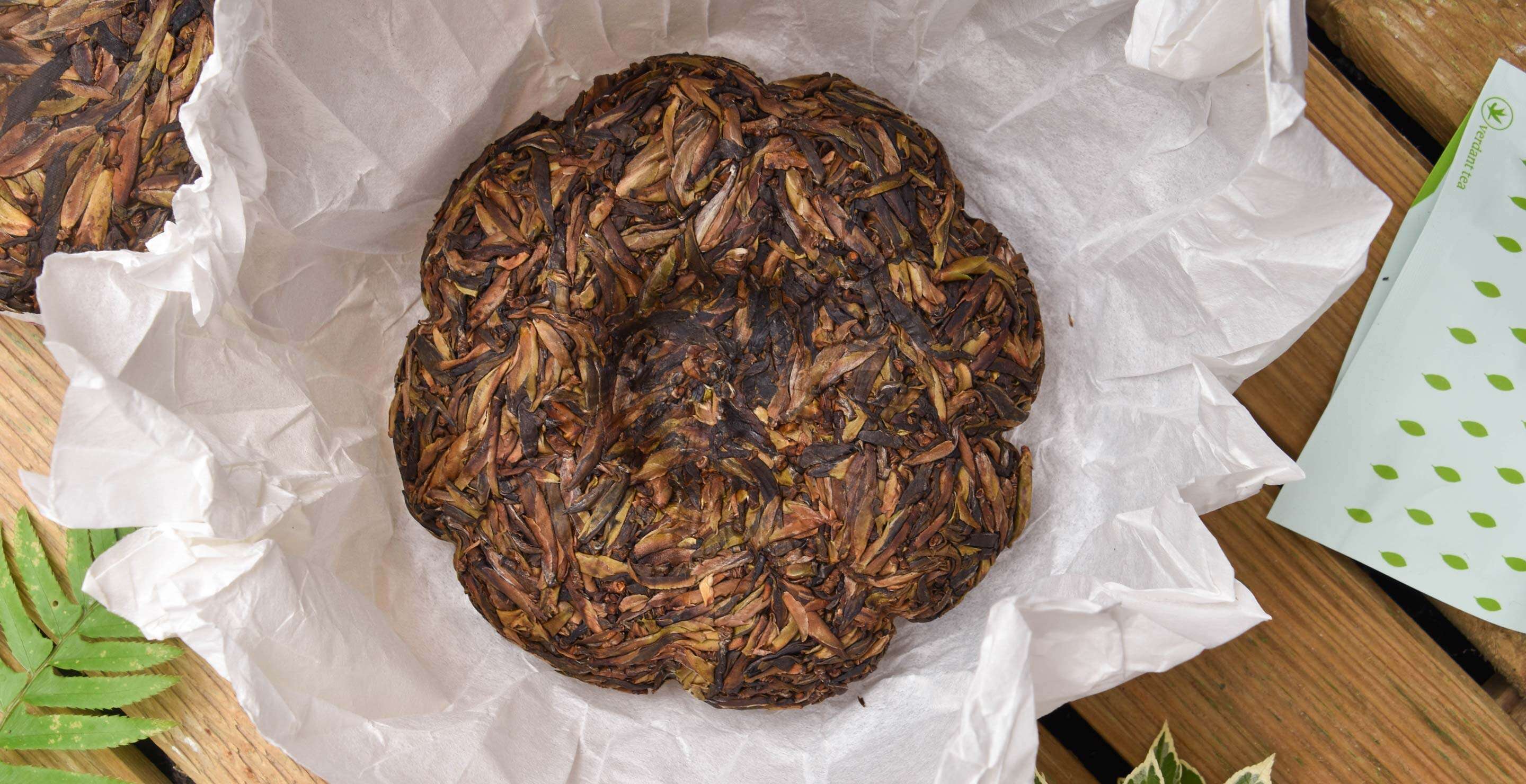
Originally shared in our Tasting Journal Newsletter, Tuesday 02/25/21
This article is excerpted from our Daily Deal Newsletter.
Sign up and be the first to know about special discounts and see list-exclusive small-release tasting journals.
Legend goes that Yixing teapots were first created for the exiled Song dynasty court as an “aesthetic protest” against the gold and jade pots of the Mongolian Yuan dynasty rulers. The idea was to protest the excess of the court by using simple clay from the earth (from Yixing village by pure chance). The fortuitous result was a teapot that brewed better and better tea the longer you used it.
Whether or not the story is true, it does capture the spirit of the place - Yixing is a pretty laid back town of potters and surrounded by beautiful bamboo, and we are lucky enough to work with the humble and laid back Lai Xiaohong, as approachable as ever, even with decades of awards and museum recognition under her belt.




You might have seen that we have a special sale (through the end of next Thursday) on herbal teas.
This sale also includes the incredible singular wild-picked Crassiculmna Yabao from Qianjiazhai. This near-tea relative requires actually climbing the trees to pick the leaves, but the result is so deep, so complex and nuanced, that I thought it would be a perfect way to test gaiwans versus Yixing pots.




Here we go!
Today, I am brewing up the exact same weight in leaves in a gaiwan and yixing pot with almost the exact same capacity, drinking the steepings out of the same cup.
Gaiwan aroma of wet leaf:
Resinous frankincense quality with salty minerality, fresh ground cinnamon and warm basil.
Yixing aroma of wet leaf:
The aroma in the yixing pot is smoother initially but with a drawn-out sweetness that actually lingers in the throat after smelling, and a juicier almost tropical undertone to complement the herbaceous spice.


Let’s see how those first steepings compare:
From the gaiwan:
This is incredibly sweet, like some complex aged mountain honey, with an aftertaste so mineral-laden it is almost sparkling
From the Yixing:
While the minerality came last in the gaiwan, it is coming in strong first and foremost brewed in yixing. It creates a deep complex structural texture that blooms into more immediately cooling sensations with the sweetness coming in later as the aftertaste.
Later steepings:
Going back to the gaiwan, there is a bright sweet quality that reminds me of perfectly roasted high summer sweet corn, complete with a touch of mineral-laden salt. The aftertaste moves towards woody cedar sauna aromatics
In the Yixing the cedar wood aftertaste is brought forward into the actual taste and texture creating a more composed and complex sensation of warming and coolingwith the bright juiciness coming in at the end as a mouth watering quality.a


Conclusions:
The yixing pot is surprisingly “faithful” to the tea, bringing in all the aromatics and textural complexity that you get out of porcelain, but ends up emphasizing texture and aftertaste before initial flavor and aroma, creating an intriguing experience where the aftertaste is informing the flavor, instead of vice-versa. The minerality in yixing is more pronounced, and any cooling or spicy warming sensations are profoundly deeper and more apparent.
What could be causing these differences?
My yixing clay tea pot is different than porcelain because of its more stable heat retention meaning hotter brew temperature, less exposure to air while brewing and between steeping for the leaves in a closed body, and of course the clay itself - porous and seasoned with past brews.




 How To
How To Myths & Legends
Myths & Legends Travelogue
Travelogue Tasting Journal
Tasting Journal Talking Shop
Talking Shop Tea 101
Tea 101 Watch
Watch Teaware
Teaware News
News







Leave a Reply